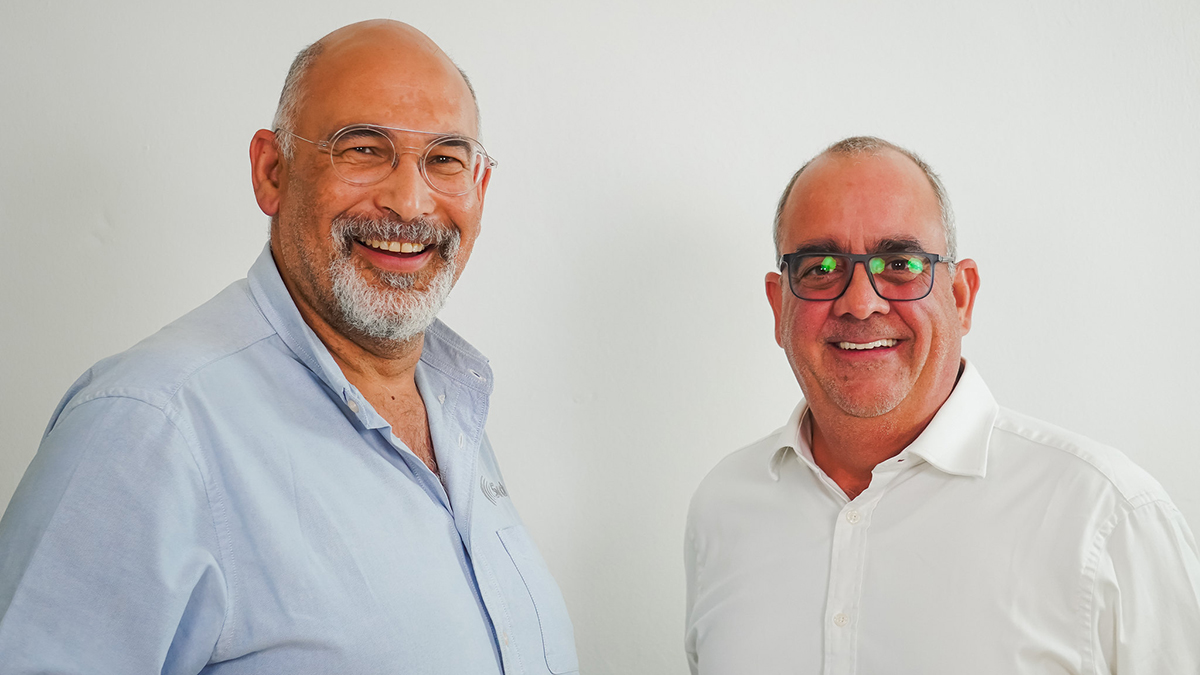Finnish telecommunications giant Nokia and its South African-based systems integrator partner Sedna Industrial IT Solutions are stepping up efforts to digitise South African mines.
The partners have set their sights on bringing emerging technologies, such as digital twins, edge computing and drones, to SA’s mining industry.
These plans were revealed by Gary Conway, Nokia head of private wireless sales for Africa, Iraq, Qatar and Jordan, and Anton Fester, director of Sedna, in an interview with ITWeb TV.
With the growing demand for digital solutions and mining automation in SA, Sedna and Nokia signed a memorandum of understanding at Gitex 2022 in Dubai, to join forces to accelerate this endeavour.
Sedna is a solution integrator specialising in the mining sector, while Nokia provides wireless connectivity.
According to the Minerals Council South Africa, during 2023, the mining industry created jobs and delivered higher taxes for the fiscus. It adds that the direct contribution of mining to SA’s gross domestic product fell by 12% to R425.6 billion.
“We are bringing edge computing to the mines; we are bringing digital twinning to the mines. Nokia has already deployed edge computing in Africa…and we are very hopeful in the next two to three weeks, you [Sedna] will be one of the first organisations to bring digital twinning technology into mining in Africa,” says Conway.
“It’s a really exciting development; this is more than connectivity but about what you can actually do with that connectivity.”
He explains that digital twinning is great for troubleshooting the performance of a network, as well as performance enhancement in a safe way.
“This is done by taking the visual and actual imagery of that mine area and bringing it in a controlled area to improve it. So, it’s one use case for that and the use cases will continue growing.”
According to Fester, the partners are also looking to bring drone solutions to South African mines.
“The solution presents us with an opportunity to deploy drones that are able to operate autonomously on predefined flight plans,” Fester says.
According to Nokia, in recent years, drones have become popular at mines, adding significant value to operations.
Sedna’s Anton Fester and Nokia’s Gary Conway. (Photograph by Lesley Moyo)
It notes that as a result, global commercial drone revenue within the mining and quarry industry is expected to almost double in coming years, going from $1.1 billion generated in 2022 to almost $2.2 billion by 2030.
The partners are also driving private LTE networks at South African mines to boost connectivity, productivity and safety.
A private LTE network is a localised, private mobile network that uses LTE technology to provide wireless connectivity within a specific area, such as a factory, campus, or enterprise. Unlike public LTE networks provided by carriers, private LTE networks are owned and operated by the organisation using them.
To best illustrate the benefits of private LTE is to compare it with something like WiFi, Fester notes.
“This is because LTE networks are deployed on licensed spectrum, as opposed to the home WiFi. If you look at your phone at home and look for available WiFi networks, you will probably see between five or 10 networks – that causes interference,” he explains.
“With licensed spectrum, the LTE signal is propagated in a slice of spectrum that nobody else can use. So key benefits are you get less interference and you are also able to broadcast it over much further distance.”
According to Fester, security is a critical component of any network now. “If you look at the amount of cyber attacks or malicious actors that are looking to expose the vulnerabilities on your network, private LTE guards against these incredibly well in the sense that you need a SIM card that is provisioned on the network to be able to access the network.
“Another benefit is the number of connections that you can get per radio. In WiFi, you are fairly limited – you can get between 30 and 100 connections maybe. But with LTE, you can get more connections simultaneously. It just manages the traffic so much better.”
Conway points out the first private LTE network was deployed in 2014 by mining giant Rio Tinto.
“This was because of a massive WiFi failure on a mine site. What I see as very encouraging is that Africa has not been left behind. We see in SA and Africa generally a healthy take-up of 4G or 5G infrastructure for use cases. They are not followers, but they lead on trials and tests.
“We are seeing take-up in Africa and what is really encouraging to me is market research is showing that African companies are seeing a need for digitalisation technology investments. They know the digitalisation decisions to make in the next three to five years. From my personal perspective, I see an acceleration in adoption in South Africa.”

Wanda Parisien is a computing expert who navigates the vast landscape of hardware and software. With a focus on computer technology, software development, and industry trends, Wanda delivers informative content, tutorials, and analyses to keep readers updated on the latest in the world of computing.


